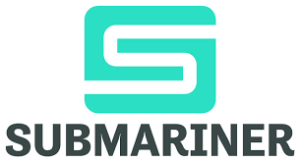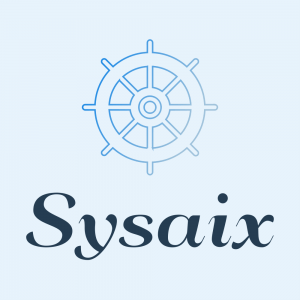
As Kubernetes gains popularity as the go-to container orchestration platform, the need for efficient and reliable communication between clusters becomes increasingly critical. Enter Submariner, an open-source project designed to simplify networking and connectivity across Kubernetes clusters, regardless of their location or network constraints. In this article, we will explore Submariner and its role in enabling seamless connectivity between Kubernetes clusters.
Submariner plays a vital role in enabling seamless connectivity between Kubernetes clusters, regardless of their location or network constraints. By leveraging Submariner, organizations can establish secure, reliable, and scalable communication within their multi-cluster environments. As the Submariner project evolves and gains momentum, it promises to further enhance the capabilities of Kubernetes networking and connectivity, providing a valuable tool for organizations seeking to maximize the potential of their cluster deployments.
Here are a few real-world use cases where Submariner is utilized:
- Multi-Cloud Deployments: Submariner enables organizations to connect and manage Kubernetes clusters across multiple cloud providers, allowing for workload mobility, resource sharing, and seamless communication between clusters deployed in different cloud environments.
- Hybrid Cloud Environments: Submariner facilitates connectivity between on-premises Kubernetes clusters and cloud-based clusters, enabling organizations to create hybrid cloud architectures. This allows for the seamless migration of workloads between on-premises and cloud environments.
- Disaster Recovery and Business Continuity: Submariner plays a crucial role in disaster recovery scenarios by connecting geographically dispersed Kubernetes clusters. It ensures that workloads can be quickly and reliably failed over to another cluster in the event of a disaster, providing high availability and business continuity.
- Edge Computing: Submariner enables the connection of edge Kubernetes clusters to centralized clusters, allowing for efficient data processing, workload distribution, and real-time analytics at the network edge. This is particularly useful in scenarios where low latency and localized data processing are critical.
- Application Federation: Submariner facilitates the federation of Kubernetes clusters, allowing organizations to create a unified, distributed application environment. This enables seamless communication and resource sharing between clusters, supporting large-scale, distributed applications.
- Development and Testing Environments: Submariner simplifies the creation of development and testing environments by connecting multiple Kubernetes clusters. It allows developers to easily deploy, test, and iterate on applications across different clusters without worrying about network connectivity challenges.
- Multi-Region Deployments: Submariner enables the connection of Kubernetes clusters deployed in different regions, providing global reach and scalability. It ensures efficient communication and data synchronization between clusters, enabling organizations to deliver services to geographically dispersed users.
These are just a few examples of how Submariner is being used in real-world scenarios. The versatility and flexibility of Submariner make it a valuable tool for organizations seeking to achieve seamless connectivity and management of their Kubernetes clusters, regardless of their deployment environment.
The main developer behind Submariner is Red Hat, a leading provider of open-source solutions and a major contributor to the Kubernetes ecosystem. Red Hat actively leads the development and maintenance of the Submariner project, collaborating with a community of contributors and users. However, it’s important to note that Submariner is an open-source project, and contributions and involvement from the broader community are also welcomed and encouraged.







